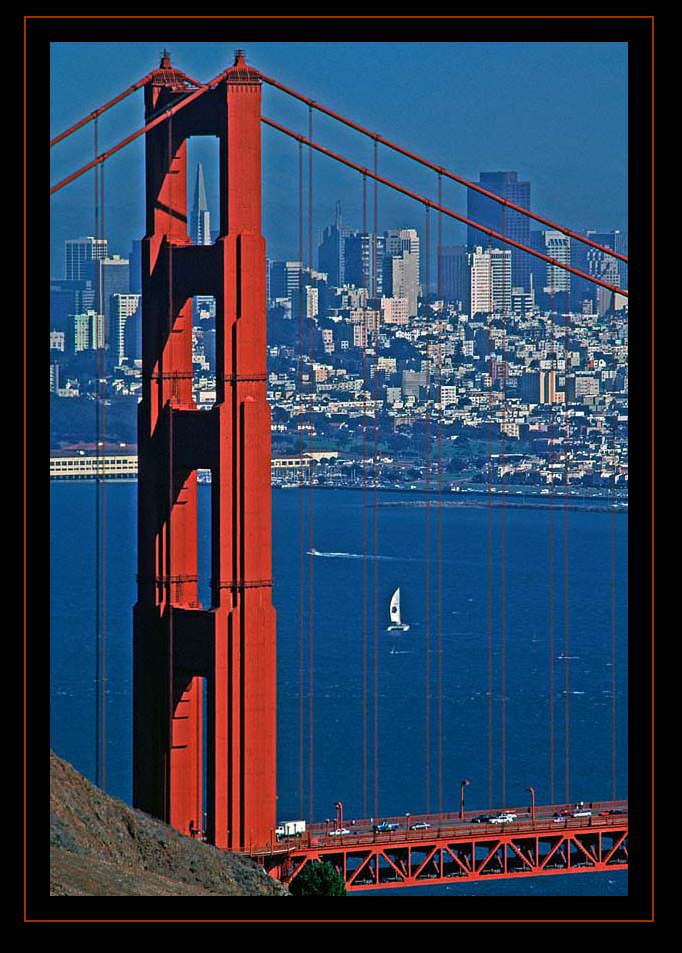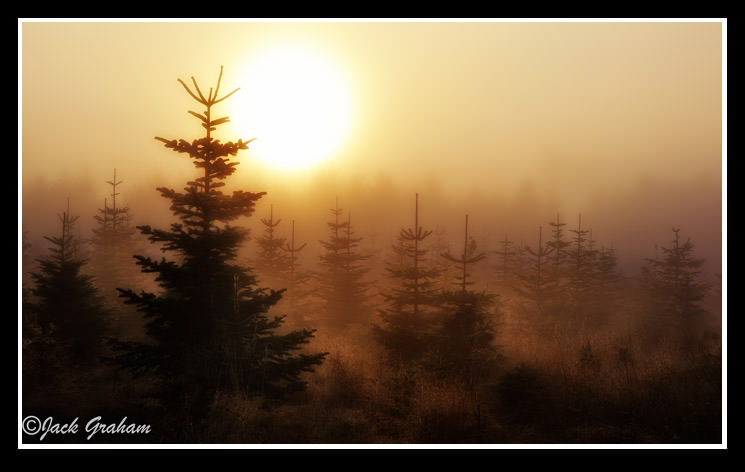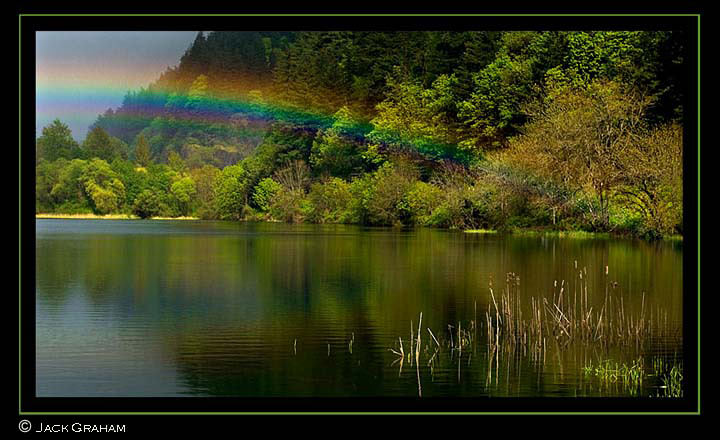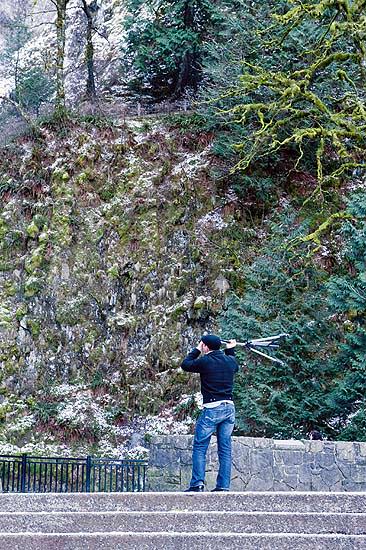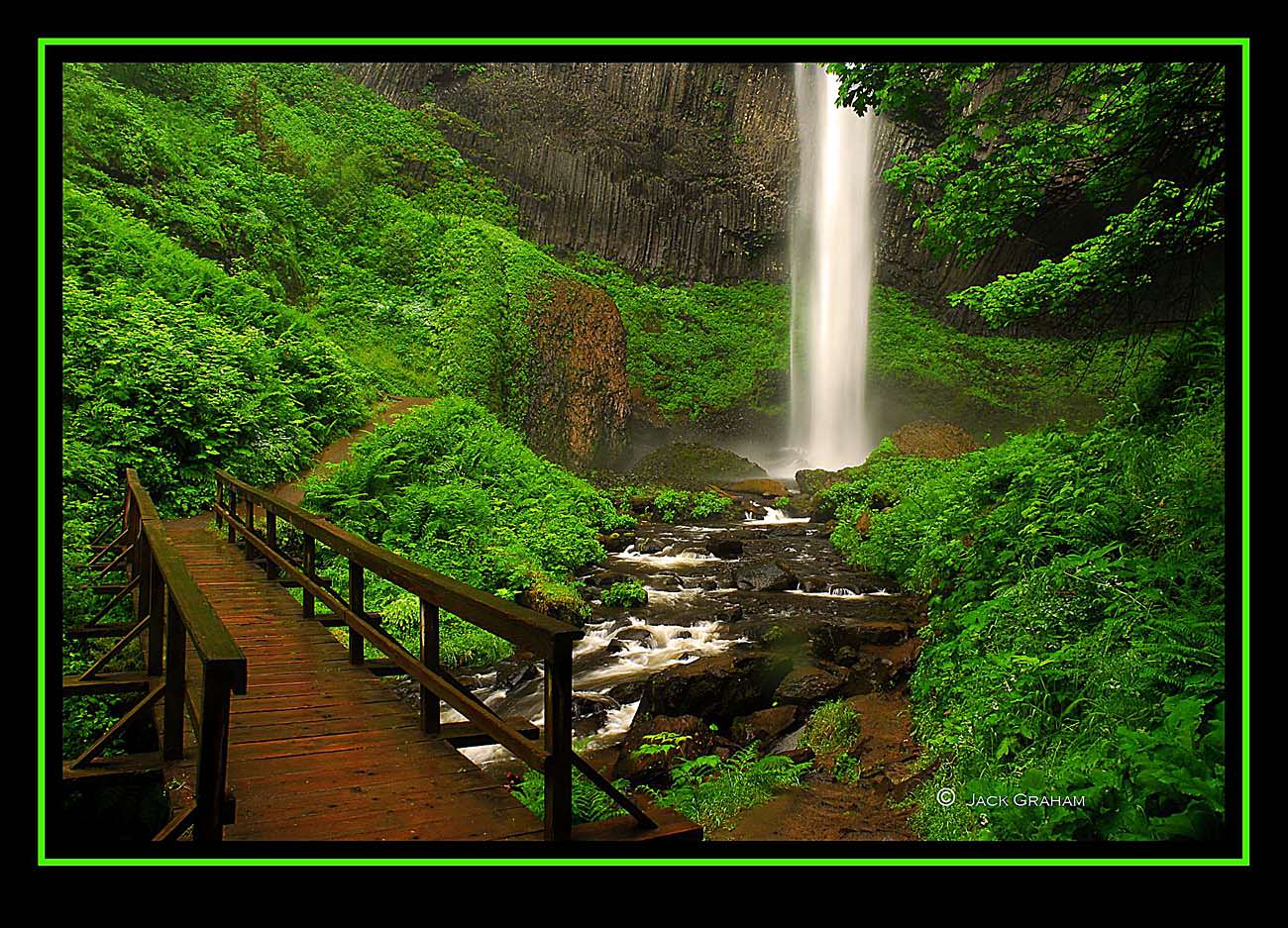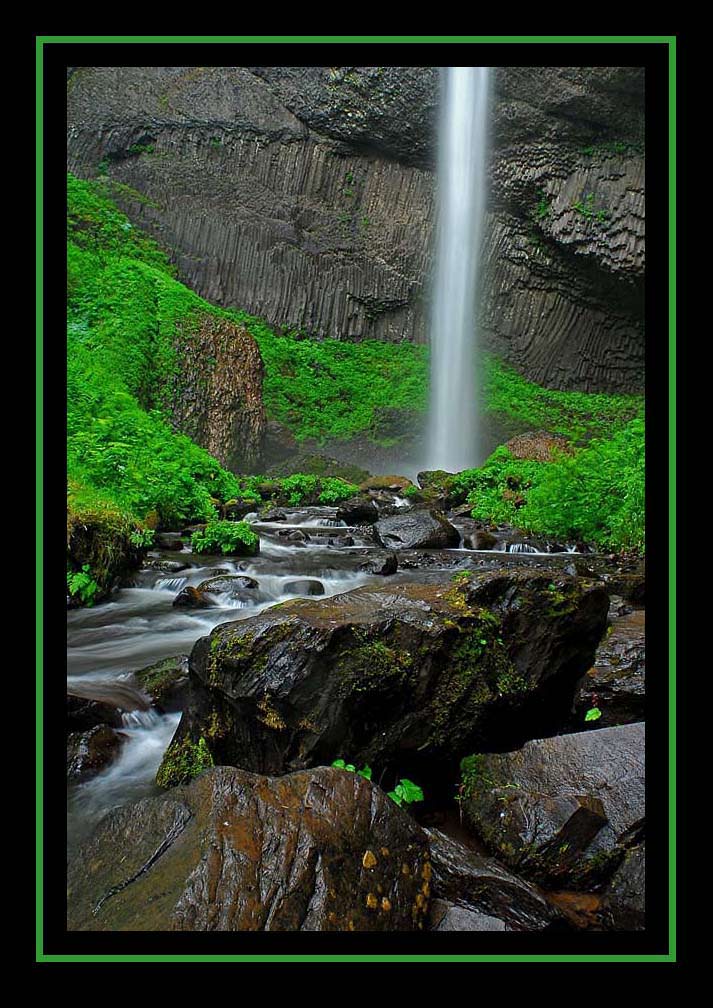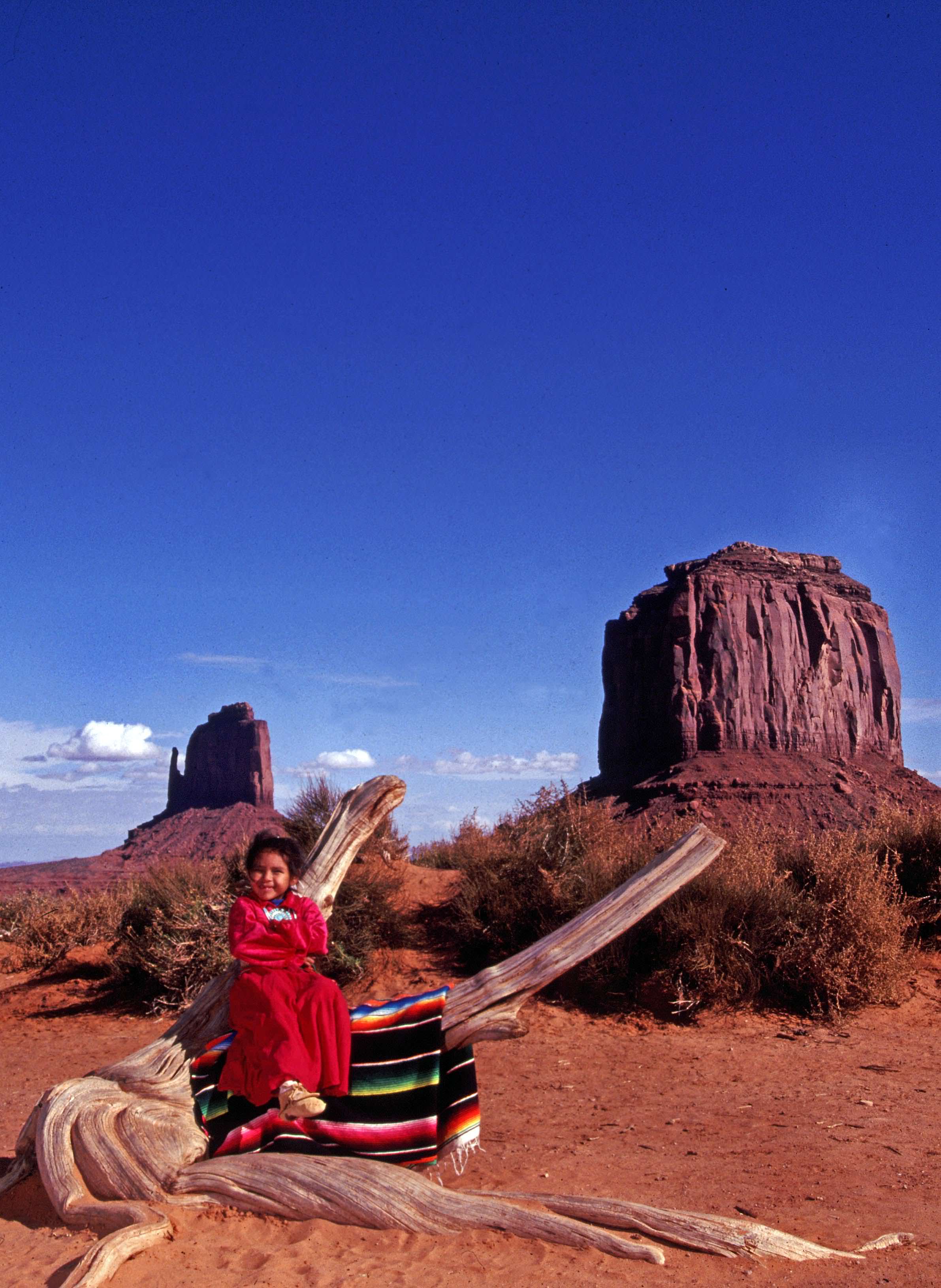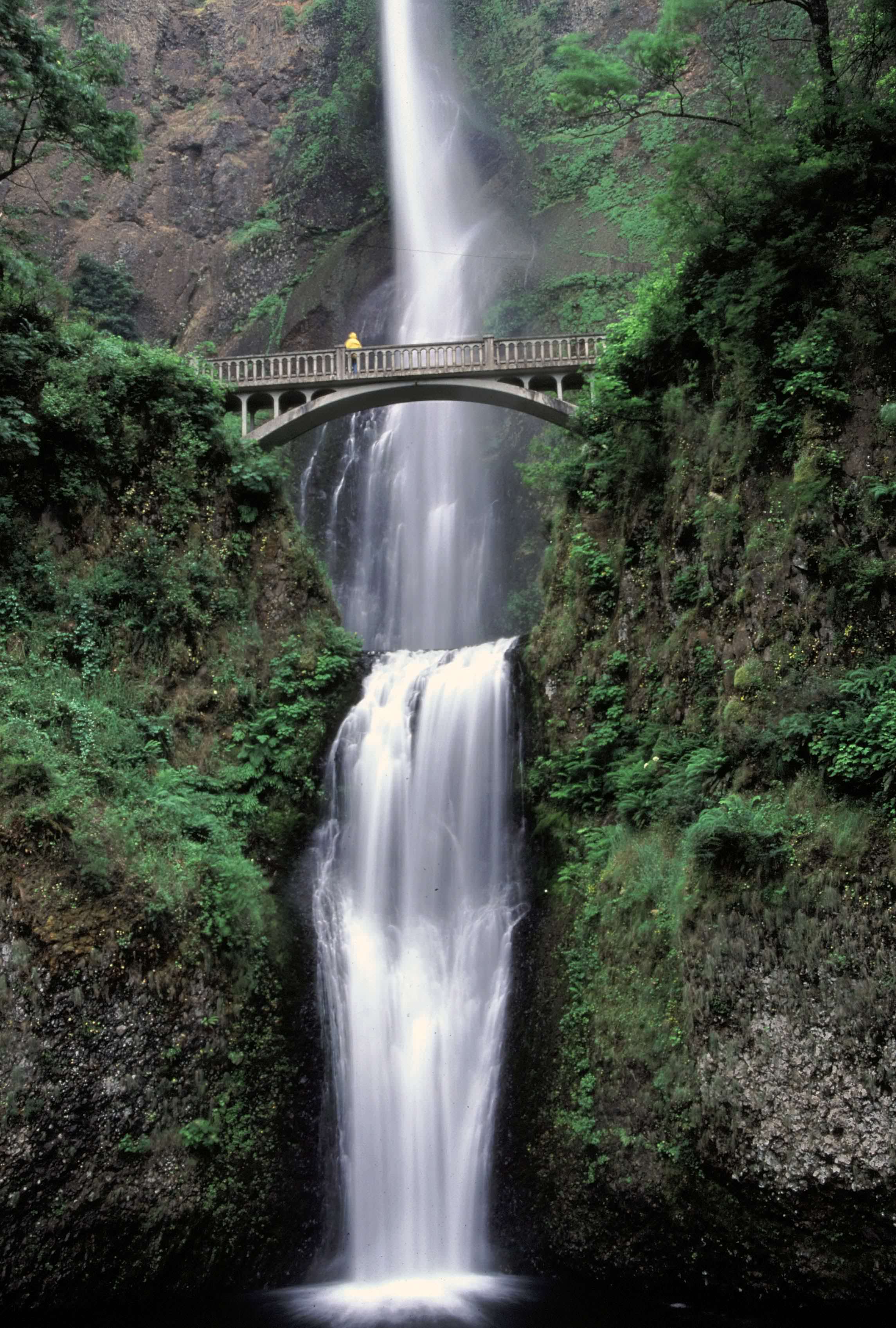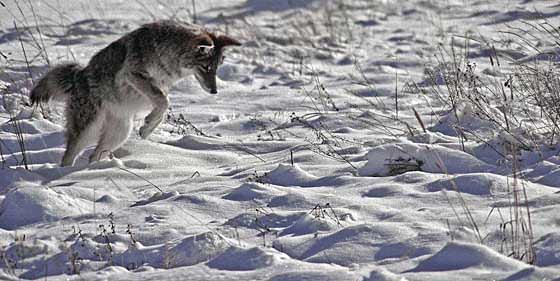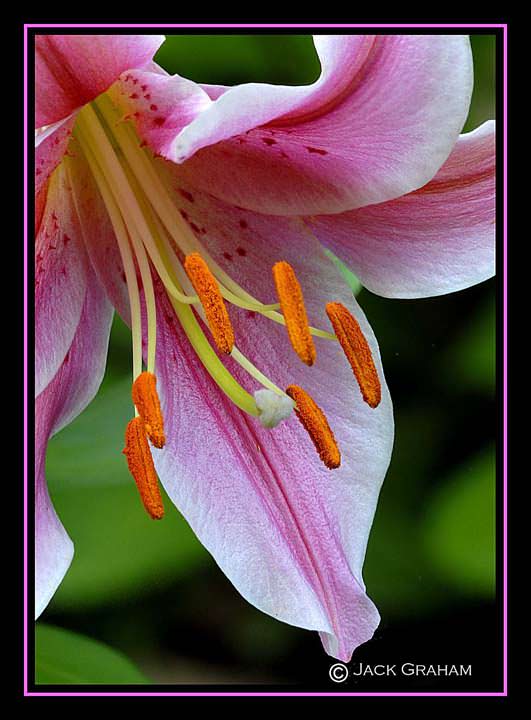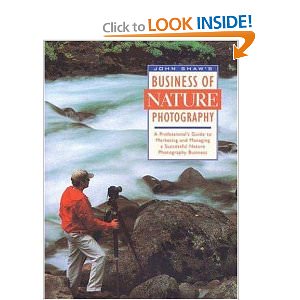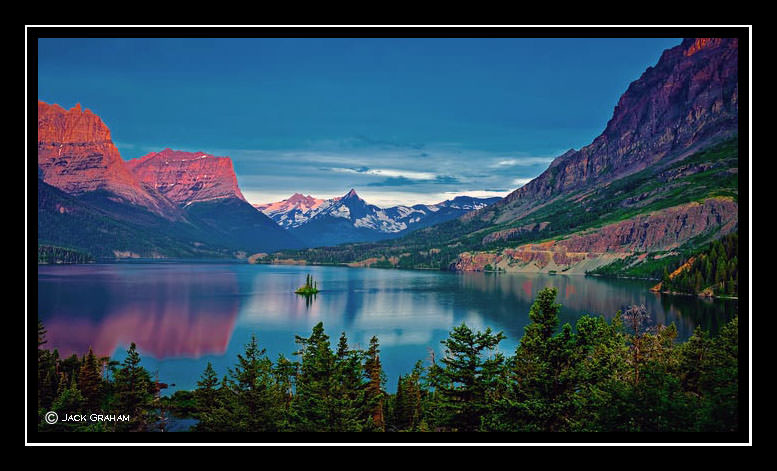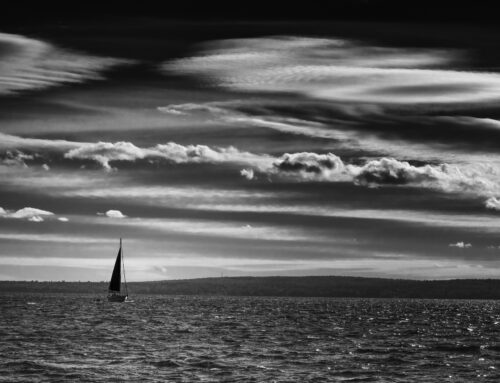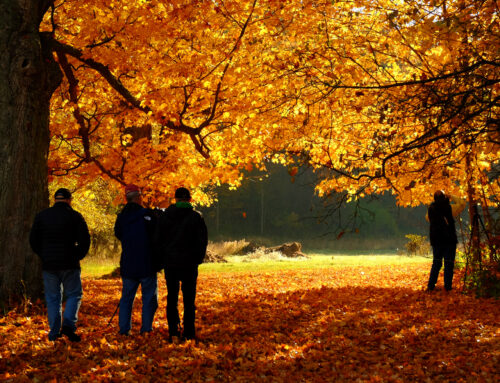We have one more space for open for our 2010 FALL COLOR in NORTHERN CALIFORNIA NOV 4-7 2010 workshop. We’ll be spending a full day in the Napa Valley, another in the Point Reyes and Marin Headland areas. Another day in San Francisco and along the coast south of San Francisco will follow. For more details please contact me : jack@jackgrahamphoto.com
Information on my 2011 workshops can be found on my web site www.jackgrahamphoto.com
2011 Workshop schedule and registration form: 2011 Workshop Schedule.v3
_______________________________________________________________________________________________________________________
SHOOT and GET NOTICED
Images and text ©Jack Graham…All Rights Reserved
I don’t know many nature photographers who began making quality images immediately, as a way to earning income from their photography. Though earning income is important to a working pro, our love and respect of the outdoors, nature, and the desire to communicate via the lens is the motivating factor. As time I became more passionate with my photography, I wanted to capture images with the same quality as the “pros” that I see in publications. As we all know, photography can be expensive. To justify my travel and equipment budget it was time to figure out how to actually make some money in photography. Here are some of my tips to get noticed and maybe even published.
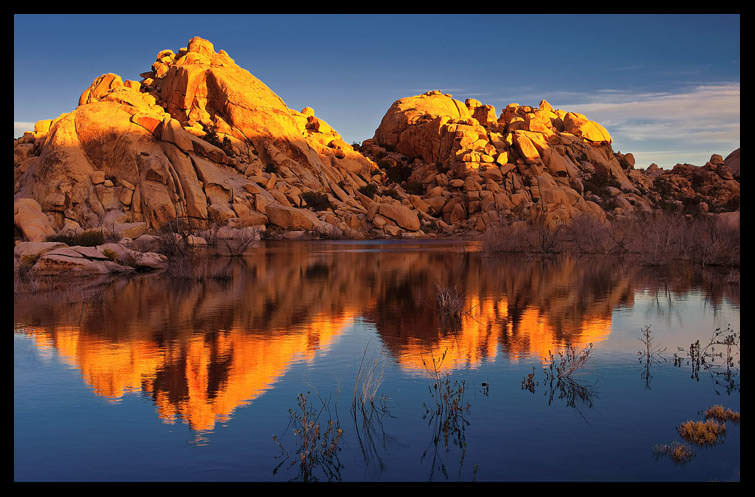 Barker Dam, Joshua Tree Nat’l Park © Jack Graham Photography
Barker Dam, Joshua Tree Nat’l Park © Jack Graham Photography
PHOTOGRAPH POPULAR SUBJECTS
Go over to your local bookstore and check out the calendar and card sections. You will notice that the subject material is made up of images that offer 1)vivid color, 2) grand landscapes, 3)dramatic big game action, or 4) just the cute young animal close to its mother etc. We all strive to photograph many other subjects, but these 4 subjects make up the vast majority of commercial nature photography sales. ……………..remember……….. Cute sells!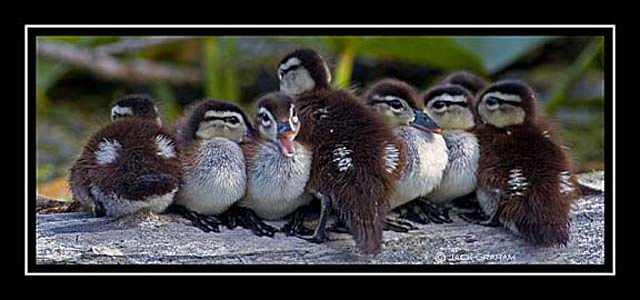
THINK GLOBALLY but SHOOT LOCALLY
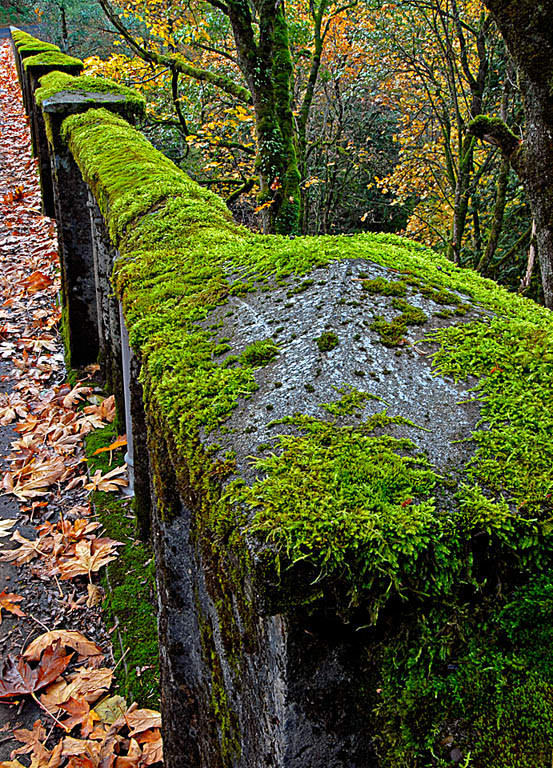 Local photography is a must. More often than not there are outlets like bookstores, gift shops and other retail environments where you might sell some of your work. If you are lucky to live in an area that attracts tourism that’s even better. Check you competition.
Local photography is a must. More often than not there are outlets like bookstores, gift shops and other retail environments where you might sell some of your work. If you are lucky to live in an area that attracts tourism that’s even better. Check you competition.
I have found that your target customers often are looking for that local flavor, rather than the grand landscape image shot 2000 miles away.
Shoot, package and market your work to be different. Obviously, not having to make long trips also cuts down on your expenses.
I am lucky to live in the Pacific Northwest where there are lots of photographic opportunities. Most locations do offer some local subject matter that is often marketable in the right situations.
PHOTOGRAPH in the RIGHT LIGHT
Save your time & energy during mid day. Those are the time process images and find the great locations to go back to when the light is sweet, early and late in the day. As Galen Rowell said, ” Bad weather makes for good photography”. Snowstorms, dramatic clouds, fog, and wet conditions can really improve your results. The rich green in the trees of the forests is accentuated by rain. The light is flat. All these variables will even add more interest to your images
Always get to your location at least 45 minutes hour before sunrise and stay at least ½ or later after sunsets. This is the time of the “sweet” light. You need to know precisely when sunrise and sunset occurs, as well as aware of the weather conditions. (There are some great iPhone and iPad apps for this now!). The images at left was a dramatic sunrise close to my home. Imagine this without the fog?
Don’t forget the alpenglow! Alpenglow appears before sunrise, after sunset and lasts only a few minutes. 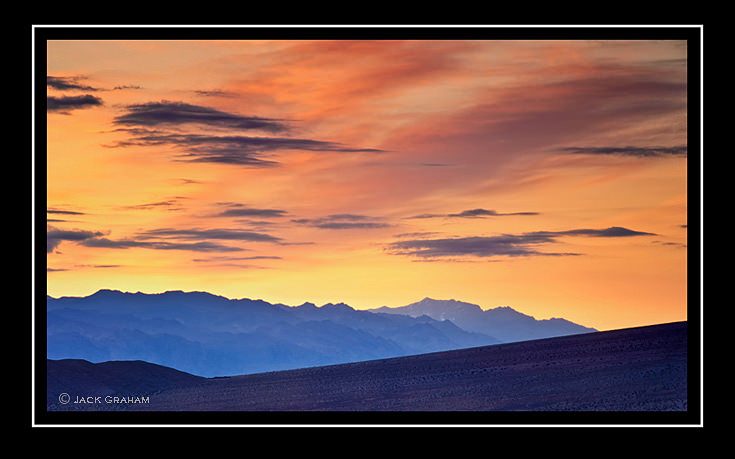 These rays bounce through the atmosphere twice, once on the way down to the earth and again on the way back up.
These rays bounce through the atmosphere twice, once on the way down to the earth and again on the way back up.
The peaks of mountains and clouds will catch this light on the way back up. This glow will make these peaks intense colors of red, yellow and purple. Alpenglow is often a pinkish or orange palate.
Sunrise, Death Valley National Park © Jack Graham Photography
And then there are those special times, when it just happens!!!!
Rainbow over pond, Columbia River Gorge, Oregon ©Jack Graham Photography
BE TECHNICALY PROFICIENT
Study your manuals (I still reread mine very often) and strive to know your equipment in and out. You should know where all your camera settings are without thinking. Work to perfect your exposure technique. In other words, knowing all there is to know technically allows you to concentrate on composition and vision. Being technically proficient allow you to use your right brain to properly compose a great image. Use the slowest ISO you can (it will make for better prints), and as John Shaw says, “Carry the heaviest tripod you want to carry”! Know what’s in your camera bag and vehicle & where it is. How many shots have we all missed in the good light looking for the right lens, filter or even tripod! Always use good technique with all of you’re equipment.
Avoid this!!
VERTICLE or HORIZONTAL?
Don’t make the decision in the field. Even though you may be right shoot both ways. Make the final decision at the light box or computer. Remember calendars use horizontals; books and magazine covers use mostly verticals. Magazines use both.
Which one looks better? Photograph the subject both ways and then decide after you get home. Both images are Latourell Falls, in the Columbia River Gorge, Oregon © Jack Graham Photography
HINT: If you are trying to sell a magazine cover, don’t forget to leave space for text!
SHOOT SCENES WITH PEOPLE
Don’t be afraid to include people. Magazines love scenes with hikers hiking. Putting a person in the image often adds a sense of depth to the image. I know of a few photographers who actually carry a red or yellow jacked to offer to a prospective subject to add an eye-catching effect (Most of nature is green, blue & brown right?).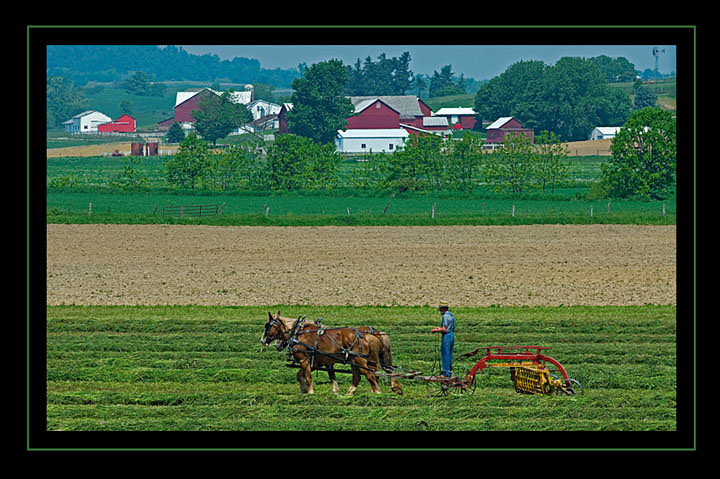
Check out the yellow dot on the bridge. Thats a person When this image is full size the yellow dot of the person really adds a sense of depth.
INCLUDE ACTION in PHOTOGRAPHY
Nothing attracts photo editors as well as most people like action. Animals running, birds in flight all convey a different feeling than then they are at rest. People often do the same.
This coyote is “mousing’, looking for a meal in Teton National Park.
USE BRIGHT COLORS IN YOUR IMAGES
Remember, some photo editors are not photographers. They look at images usually grouped on a large monitor). 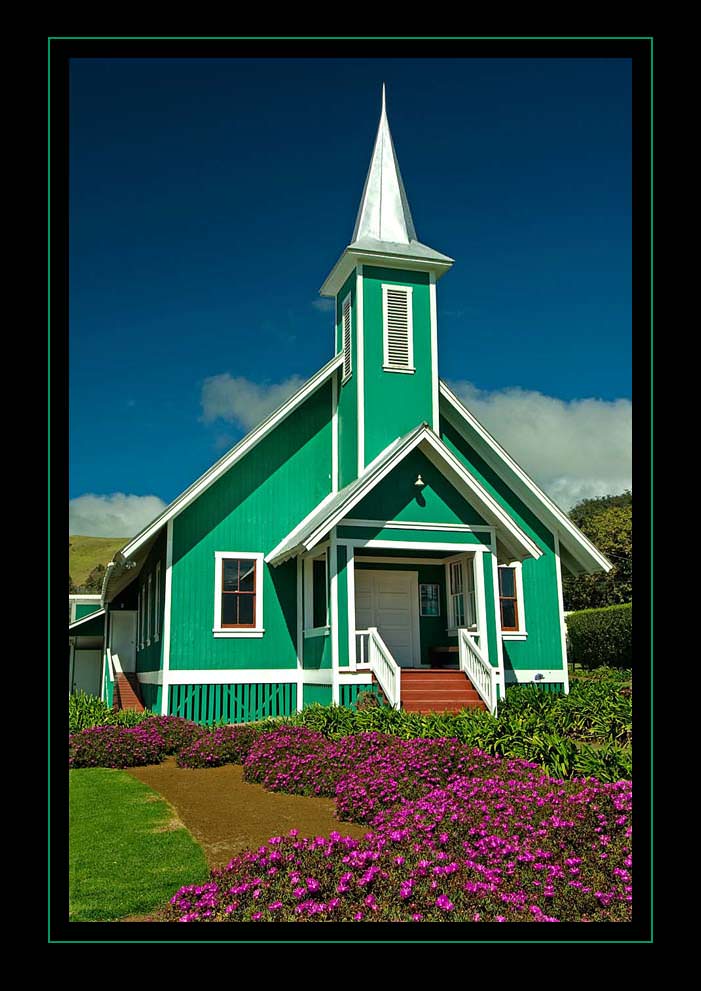 Almost without exception, they will be attracted to images that pop. (Just like we are)
Almost without exception, they will be attracted to images that pop. (Just like we are)
Be it a flower or a building, strong coloration is going to pop pout to photo editors and consumers.
Day Lily, © Jack Graham Photography
Local Church on the Big Island, Hawaii © Jack Graham Photography
THE BUSINESS of NATURE PHOTOGRAPHY
John Shaw’s book, THE BUSINESS of NATURE PHOTOGRAPHY contains almost everything you need to know about shooting to get noticed and venturing into making some money in nature photography. This book is a bible for anyone venturing into the business of nature photography.
Buy it. Read it. Then read it again!
I am sure you will find some other aspects of what you might need to know in order to get your photography noticed, but these ideas are the basic things…. things even the pro’s need to remember and practice when out making images. By remembering these techniques, you will be on your way to make some great images that can be used in publication, editorial, prints etc that will help you get your photography noticed……… and maybe pay for that new lens you just bought!
Goose Island, Glacier National Park © Jack Graham Photography


